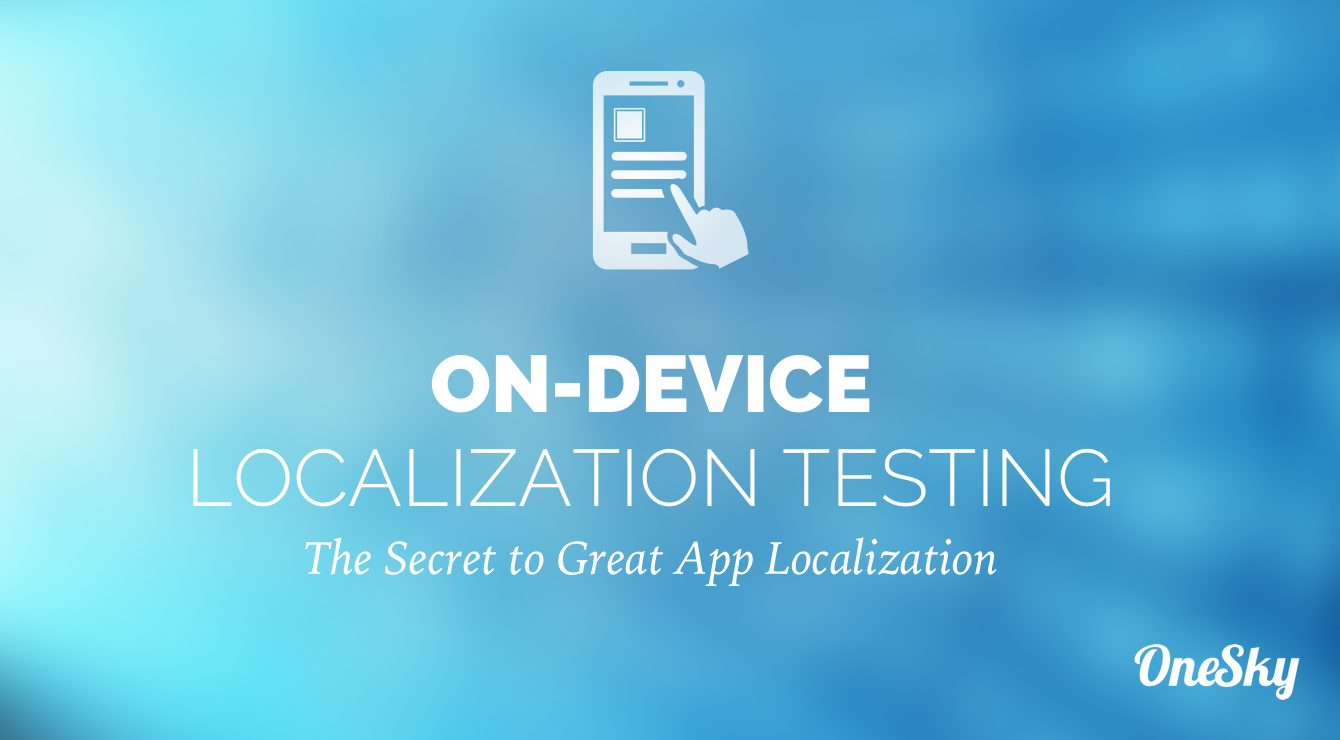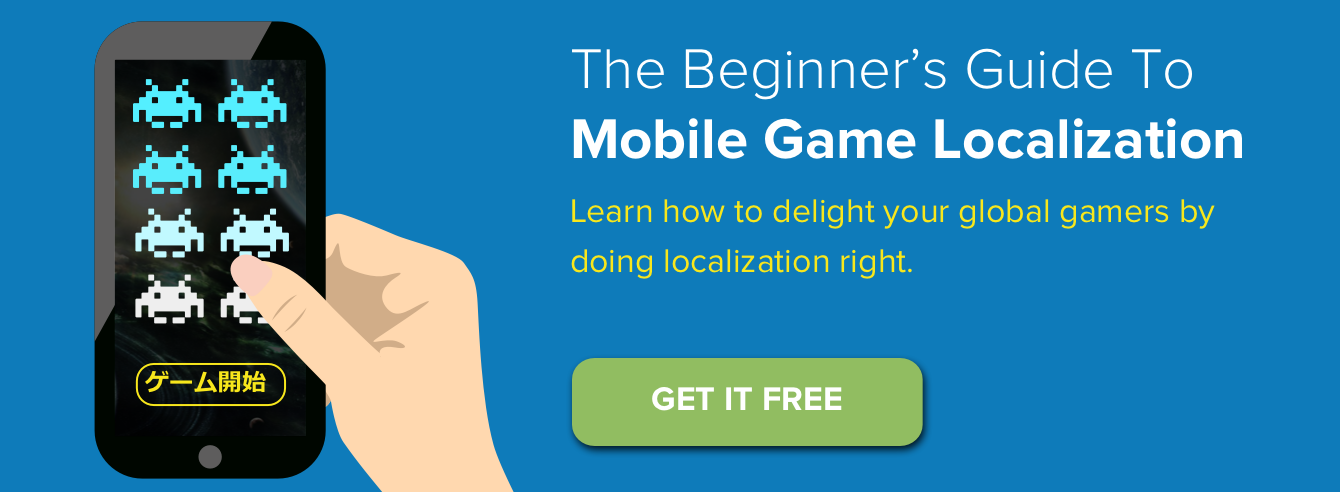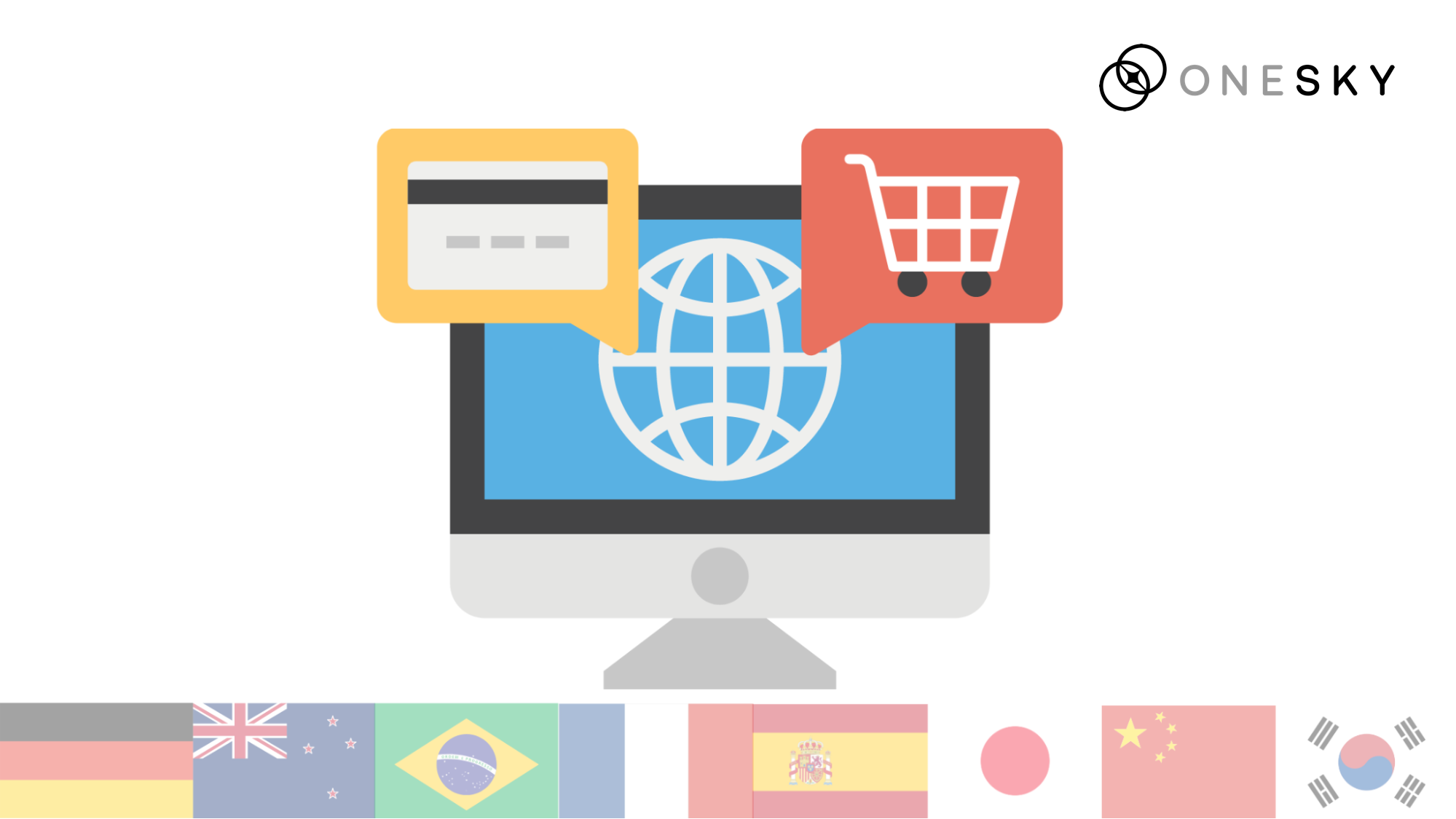Why On-Device Testing Is Essential for App Localization

“I AM ERROR” – Nintendo’s famous localization error.
Back in 1987, gamers playing the English-language version of Zelda II encountered one of the most confusing messages in gaming history. Link would walk into a room, and a speech bubble would pop up. It read “I AM ERROR.”
Was this a poorly translated error message? Was it a joke? Was “Error” the name of a character?
Zelda was originally in Japanese, and, as it turns out, the game’s translators had decided to call a character “Error.” The awkward translation is now something of a classic. It’s also a good lesson: when it comes to translation, something that makes sense on paper can be totally baffling in the context of a game or app.
Localization is worth the effort. But you need to be smart.
For mobile app developers, going global can be lucrative. It can also be tricky: without a good localization effort, an app won’t thrive in a new language market, and you might end up with a 21st century version of “I AM ERROR.”
Fortunately, with a little know-how, it’s easy to turn your mobile app into a multilingual globetrotter. You don’t need to be like Zelda. In this post, we’ll share one of the most important tools for globalizing your app. It’s called on-device localization testing, and it’s essential for bringing any digital product into a new language.
So, what is on-device localization testing?
Basically, on-device localization testing is a way to test-drive your app in a new language.
Let’s say that you’re translating your app into Chinese (which isn’t a bad idea; the Chinese market is HUGE). Obviously, you need to take all of your app’s text, and you need to find someone to translate that text into Chinese. Then you need to plug the text back into your app.
What comes next? You could just throw your translated app onto the Chinese market and see what happens. It’s a better idea, though, to find a qualified on-device localization tester.
This person won’t just be fluent in Chinese. She’ll also be familiar with app design, and she’ll be ready to go through every single part of your app. She’ll tell you if the translation is bad. She’ll also tell you if the text doesn’t fit the page, or if you’ve accidentally used characters that spell something profane, or if the color scheme that you’ve chosen is likely to remind Chinese consumers of death. In other words, she’ll pick up on all the potential localization problems that it’s easy to miss the first time around. She’ll catch something like “I AM ERROR.”
Why isn’t translation enough?
Look, translating an app into a new language market is not the same as doing your 10th grade French homework. Even after you’ve found someone qualified to translate your text, there are a few common problems to watch out for:
1. The translation may not fit the context.
In isolation, a phrase may make perfect sense. In the actual app, next to a particular image or serving a particular function, the phrase may sound awkward, or it could have connotations that your translators didn’t foresee.
Remember, when it comes to translation, context is king. Even if you provide your translators with screenshots or other reference materials (which is a good idea!), it’s easy to mess up. On-device localization testing will help you catch these mistakes in real-time.
2. Some strings may not have been wrapped for translation.
It’s easy for a bit of text to slip through your engineer’s fingers, and then to be left out of the translation process. As a result, when you go back through your mobile app, there will often be chunks of untranslated text floating around, especially inside graphics files. A good on-device localization tester will catch that text. That way, your new-language users don’t have to wonder why, for example, all the error messages are in English.
3. Translation may not fit user GUI elements.
A sentence in English may be much shorter than a sentence in German (where words are, on average, 50% longer than in English) but much longer than a sentence in Chinese (which uses square characters that don’t take up much space). A good on-device localizer will identify places where the translated text may be taking over the entire page, or leaving lots of empty spaces.
How do I get started with on-device localization testing?
It’s not hard. You first want to plug your translated text into the app, and then send the beta version to your testers, along with a step-by-step walkthrough guide. Platforms such as Testflight and HockeyApp can be especially useful for sharing your beta version.
On-device localization testers will go through your app carefully. They’ll let you know if they catch any bugs—translation errors, UI display issues, untranslated strings, or translations that don’t sound natural in their actual, in-app context. Then they’ll let you know what you need to fix. Some of them can even fix the translations themselves.
Any other tips?
Of course! If you want to localize like a pro, here are a few pieces of advice to keep in mind:
1. Write your walkthrough guide very, very clearly.
Make a list detailing which parts of the app you need to have tested. And remember: some screens, such as error messages, may need a special trigger.
2. Hire a professional translator for the job.
Just because someone is fluent in two languages doesn’t mean that they can give you an accurate, readable, consistently excellent translation. And it doesn’t mean that they’ll catch every error during an on-device walkthrough.
People with translation backgrounds tend to do a better job test-driving your mobile app. It’s fine if you want the same person who translated your app to test it, but keep in mind that sometimes a blind tester, who has never seen the app before, will do a better job.
3. Testers can also tell you if your app fits their local culture.
It’s not just about the language. Fonts, graphics, and other details that jibe well in one culture may not be as popular in another. Your Japanese on-device localization tester, for example, can tell you if your little cartoon character will creep out Japanese users, or if your logo reminds him of a brand of toilet paper, or other cultural quirks that you might never be able to foresee.
Your turn!
Have you had experience with on-device localization tests? Are there any tips that we missed, or questions that we should have answered? Let us know in the comments! We always love to hear from readers.
P.S. We offer on-device localization testing services. Please check this out if you’re looking for help.
//
//



 Written by -
Written by - 




 Written by
Written by 


